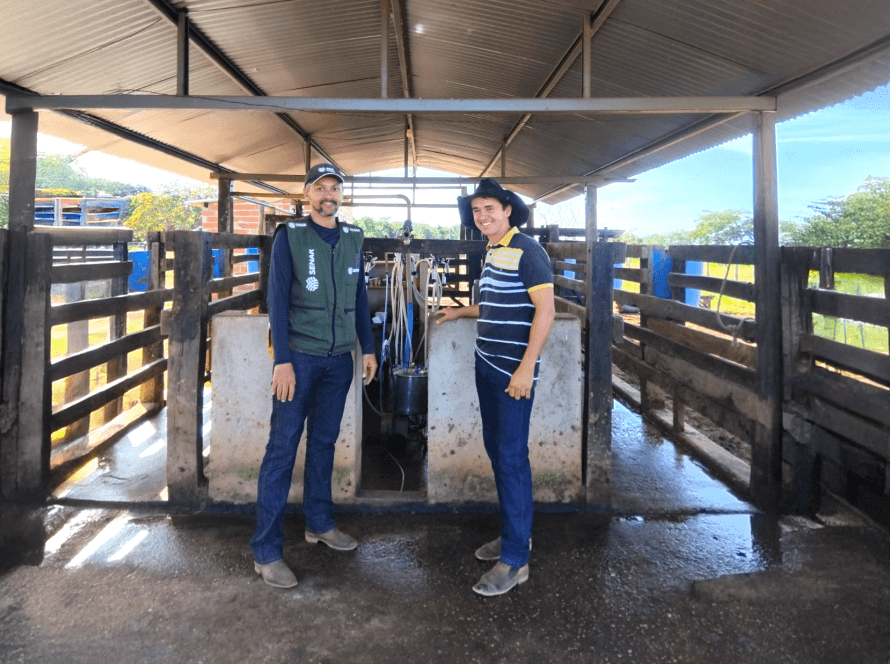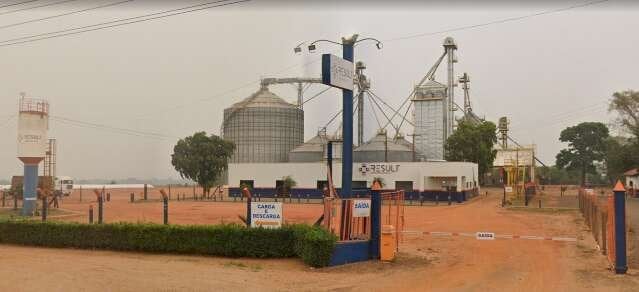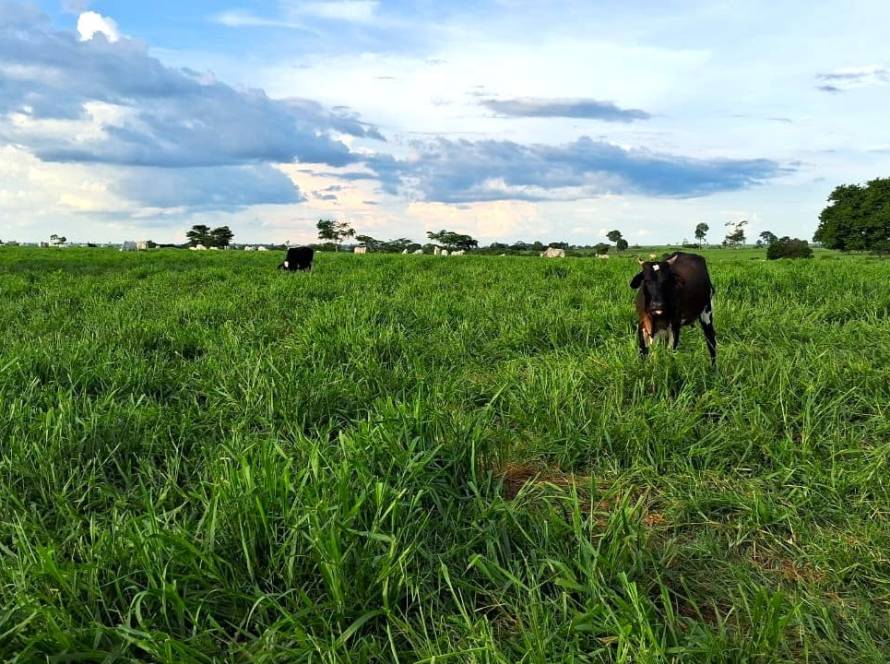The fourth season of the Mato Grosso Soybean and Corn Producers Association (Aprosoja MT) series "America, Climate and Market" began on Monday (August 11). In Nevada, Iowa, the technical team, accompanied by the association's administrative director, Diego Bertuol, visited the Longview Group, a 5,000-hectare property run by CEO Scott Henry and his brother. The 2025/26 harvest in the region is experiencing losses and reduced productivity margins.
According to Scott, July saw the highest rainfall in the region's history, which had direct consequences for productivity. Soybean yields are expected to decline by between 15% and 20% due to the incidence of diseases such as white mold, rust, and cyst nematode, while corn yields are estimated to decline by 5%. Although the United States Department of Agriculture (USDA) projects a record harvest, local expectations are for smaller yields.
Data from the National Supply Company (CONAB) indicate that average soybean yield in Brazil in the 2024/25 harvest was 59.3 bags per hectare. In the United States, the USDA projects an average of 58.5 bags per hectare for the 2025/26 harvest. Comparing the main producing states in each country, Mato Grosso, the national leader, averaged 66.1 bags per hectare across a total area of 12.7 million hectares. Iowa, the largest producer in the United States, estimates 70 bags per hectare across an area of 3.8 million hectares.
"Last year's soybean harvest was a record. This year, production is expected to be 15% to 20% below that figure, which contrasts with projections made two months ago, when higher numbers were expected. This year has been marked by challenges in the region, with high humidity and excessive rainfall in central Iowa, which increased the incidence of diseases and pests. Soybean yields were significantly impacted by sudden death, white mold, aphids, rust, and other pests. Corn performed better given the weather conditions, but losses were still recorded in areas of continuous cultivation, as well as infestations of pigweed and other difficult-to-control invasive plants," said Scott.
Longview Group integrates agriculture and livestock, in addition to seed and grain production. The ownership structure is divided between his parents and his siblings. According to Scott, inheriting a stake in the property requires prior experience outside the farm and, upon returning, direct production work.
The company's logistics operations include shipping grain to ethanol plants located near the property and supplying food processing plants such as Hellmann's and the city of Des Moines. The proximity to the railroad allows for expanded shipments.
The day also included monitoring corn crops in the far northern region of Iowa. According to Diego Bertuol, Aprosoja MT's administrative director, observing these areas is crucial to understanding differences in management and performance within the state.
"In far northern Iowa, a more advanced corn crop was found, grown in better-draining soil, unlike the areas visited in the morning. The state's key distinguishing feature is its soil quality, rich in organic matter and well-structured, which provides producers with the confidence to invest, especially in nitrogen. In this crop, leaf health is maintained with just one application of fungicide and two of insecticide, resulting in yields above 200 bags per hectare," Bertuol noted.
The series now continues its journey through the main grain-producing states in the United States, aiming to monitor crops and present, in a technical and detailed manner, the reality of North American grain production. The next stop will be in Fargo, North Dakota. The program continues until August 21st, with daily videos posted on Aprosoja MT's social media channels.





